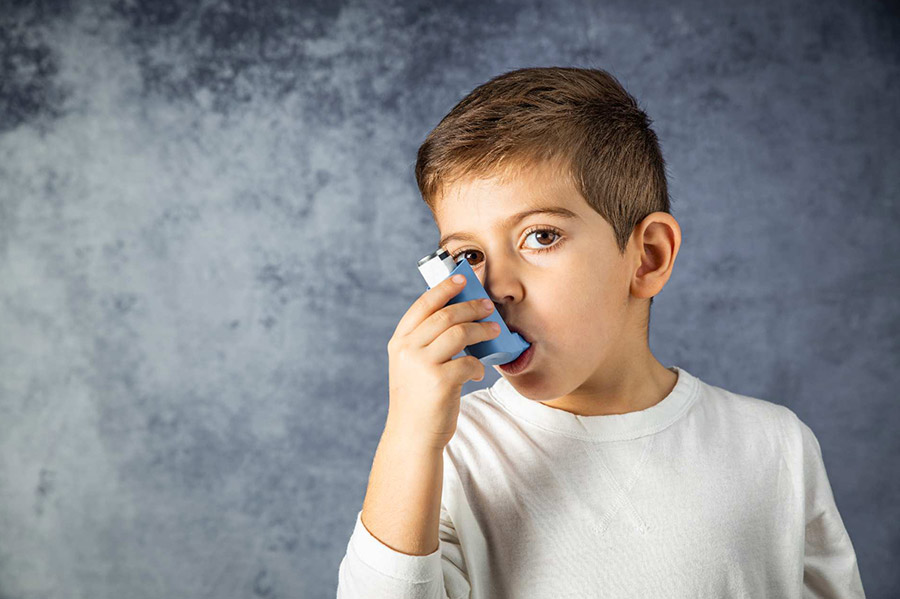
Asthma is the most common non-communicable disease in children and infants. Research shows that about 5.1 million children under the age of 18 in the United States have asthma. Research also shows that while the incidence of asthma attacks is decreasing, about half of children with asthma report having one or more attacks.
Asthma is a serious disease that can cause wheezing, difficulty breathing, coughing, and possibly permanent lung damage. Asthma is a major cause of absenteeism from school and severe cases can be life-threatening.
There is currently no cure, but fortunately, children and caregivers can control childhood asthma with proper treatment and management.
In this article, we will discuss childhood asthma and explore its causes, symptoms and treatment options.
What is Childhood Asthma?
Childhood asthma is a chronic lung condition that is common in children. Asthma can occur at any age, but often begins in childhood. In 2019, research from the Centers for Disease Control and Prevention (CDC) indicated that 7% of children in the United States had asthma.
Asthma occurs when inflammation within the lungs and narrowing of the airways obstructs the supply of air. This typically results in wheezing, coughing, chest tightness, and shortness of breath associated with asthma.
Causes
Researchers are still unsure of the exact cause of asthma, but both genetic and environmental factors seem to play an important role.
When a child has asthma, their lungs are more sensitive to certain stimuli. When their lungs react to a stimulus, it causes the airways in the lungs to swell, the muscles around the airways to tighten, and mucus to build up in the lungs.
This response to the stimulus causes difficulty breathing and other characteristic asthma symptoms. When the reaction to these triggers is severe, it can result in an asthma attack.
According to the American Lung Association (ALA), some common triggers of childhood asthma may include:
- Allergens (environmental and food)
- Respiratory infections and colds
- Cigarette smoke, including secondhand smoke
- Indoor and outdoor air pollution
- Exposure to cold air or sudden changes in temperature
- exercise
- Motivation and stress
The ALA also notes the following risk factors for developing childhood asthma:
- Family history of asthma
- Respiratory infections such as RSV during infancy and childhood
- Allergies such as eczema or hay fever
- Having parents who smoke during pregnancy
- Exposure to secondhand smoke
- Exposure to air pollution, especially for those living in urban areas
- obesity
- Exposure to certain chemicals
Symptoms
Most children with asthma will show symptoms before age 5. Children with asthma will have similar symptoms as adults. However, in some children, a chronic cough may be the only symptom. Other possible signs or symptoms include:
- A persistent cough that occurs during their sleep, due to exercise or cold air, or with a viral infection
- Wheezing or whistling while breathing
- Rapid breathing or shortness of breath
- Chest tightness
- Fatigue
- Babies face problems during breastfeeding.
- Avoid sports or social events.
- Difficulty sleeping due to coughing or difficulty breathing
Caregivers should also pay attention to whether symptoms recur frequently and if they notice a pattern when symptoms occur, such as if they:
- Night or early morning
- During or after exercise
- During certain seasons
- After crying or laughing
- After exposure to common asthma triggers, such as smoke, strong odors, pollen, pet dander, or dust particles
When asthma symptoms become severe, a person may have an asthma attack. Attacks can start suddenly and range from mild to life-threatening.
In some cases, inflammation in the airways can prevent enough oxygen from reaching the lungs. This can mean that oxygen cannot enter the blood and reach vital organs. In these cases, people may need immediate medical attention.









